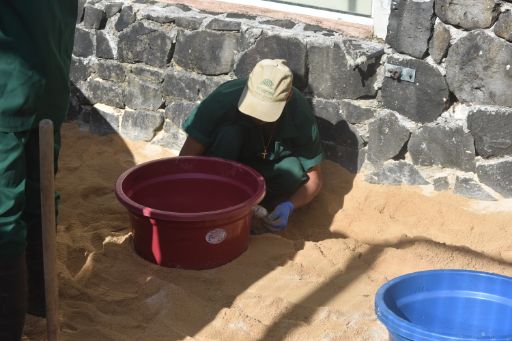Crocodiles

NILE CROCODILE(Crocodylus Niloticus):
This is the largest species of crocodile found in Africa and Madagascar. It can reportedly grow to 7 m, but the average length for males is around 5.2 m, with females reaching around 3.5 m. They can grow up to 80 cm in their first year, but the rate then slows down. The average lifespan is between sixty and one hundred years. Large crocodiles eat approximately 120 kg of food per year and may weigh more than 500 kg.
The majority of an adult crocodile’s diet comes from fish, although they will also eat large mammals such as zebra, antelope and giraffe and any other unfortunate creature found near the water’s edge, including the occasional human and also other crocodiles. They are strong swimmers and can stay underwater for up to half an hour. The crocodiles in the reserve come from the population originally imported from Madagascar in 1985. Today La Vanille houses around 1500 individuals in various stages of growth.
Nile Crocodiles Fun Facts
- Female crocodiles exhibit impressive maternal care. They use their massive jaws to transport newly hatched young to a ‘nursery pool’ where they guard them from predators.
- The sex of crocodile hatchlings is determined by the temperature at which the eggs incubate. At 30ºC or less they will be mostly female; at 31ºC they will be mixed; and at 32ºC, they will be mostly male.
- Crocodiles are the most vocal of reptiles. Among more than five different calls are the deep, vibrating bellow of courting males and the ‘peeping’ of babies inside the egg. This 'peeping' encourages the female to excavate the nest.
- Large crocodiles swallow stones, known as gastroliths. These act as ballast, helping them to balance their body underwater.





how to get here

Fossil Museum

